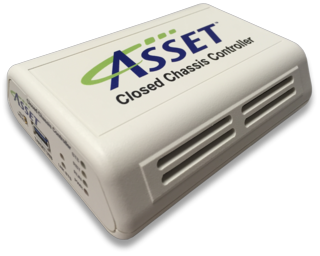Connectivity for hardware-assisted software debuggers on Intel® platforms is about to change radically. Over the years, debugging an Intel platform with a hardware-assisted debugger has been marked by a progression of printed circuit board (PCB) real estate-grabbing connectors. These connectors were designed to provide access to the processor for run-control and enable software debuggers.
 One of the first connectors was the In-Target Probe (ITP) ITP700, a 28-pin connector introduced in the 2001 timeframe. This was followed by the XDP, a 60-pin connector that was used 2006-2015 to address the needs of the more advanced Xeon® processors. These connectors seemed appropriate at the time for desktop and server designs as board real estate wasn’t a concern.
One of the first connectors was the In-Target Probe (ITP) ITP700, a 28-pin connector introduced in the 2001 timeframe. This was followed by the XDP, a 60-pin connector that was used 2006-2015 to address the needs of the more advanced Xeon® processors. These connectors seemed appropriate at the time for desktop and server designs as board real estate wasn’t a concern.
Meanwhile, the footprints for new designs for laptops, tablets, mobile appliances and other devices were shrinking. At the same time, it became obvious that the PCB real estate requirements for the connectors mentioned above were too much for these types of appliances. As a result, many manufacturers simply left off the debug connection port instead of devoting so much board space to it. Engineers, who tend to be ‘fix the problem’ individuals, reverted to using code instrumentation to debug these designs since no access was provided for hardware-assisted debuggers. This unintentionally lengthened the development cycle considerably. Not good. And all the while the contract manufacturers and original design manufacturers were complaining not only about the cost of a connector, but also that the pad real estate was simply too much.
Eventually, Intel heard the outcry and came up with a solution, which consisted of overloading a USB3 port since it is a common port on most platforms from mobile devices to server systems. This overloading uses the USB3 electrical signals for JTAG control and employs Intel’s new Direct Connect Interface (DCI) protocol to provide processor run-control for debug. Because of this new silicon implementation for addressing closed chassis form factors like tablets and laptops and in keeping with the trend toward less intrusive debug, ASSET has created a Closed Chassis Controller that connects to a USB3/DCI-compliant platform and enables software debug via the SourcePoint debugger. Check this out and get our Closed Chassis Controller datasheet.


